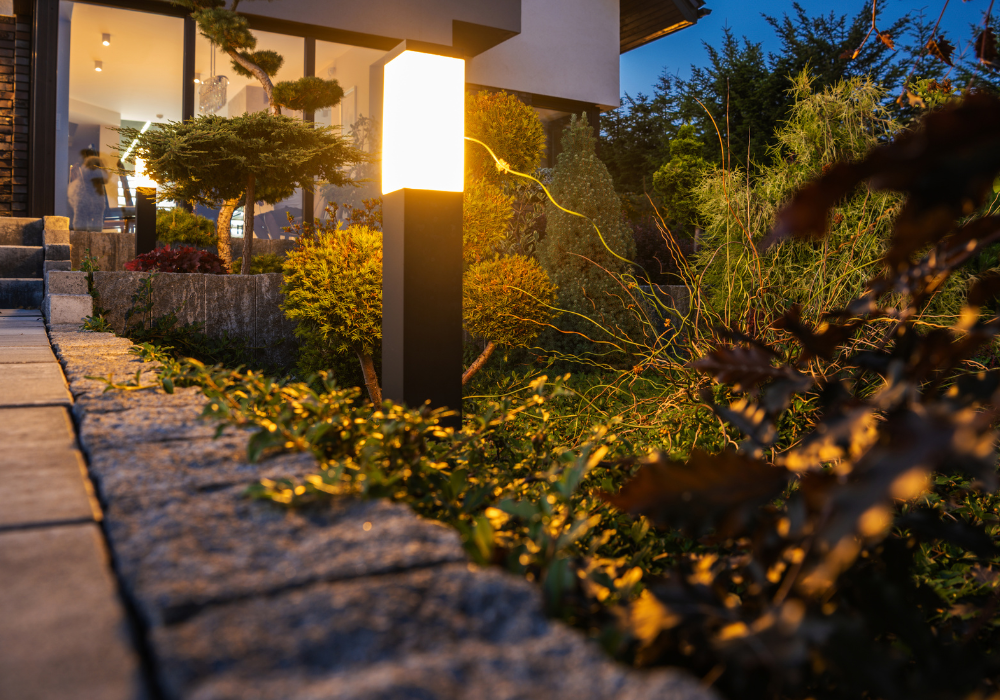LED lighting has revolutionized the way we illuminate our homes. Although LEDs have been around since the early 1960s, their application for general lighting purposes has only gained prominence in the past two decades. Unlike traditional incandescent bulbs that generate light through the heating of a filament, LEDs produce light through the movement of electrons in a semiconductor material. This process is not only more efficient but also significantly longer-lasting.
 The Environmental and Energy-Efficiency Benefits
The Environmental and Energy-Efficiency Benefits
One of the most compelling reasons to switch to LED lighting is its remarkable energy efficiency. LEDs consume up to 75% less energy compared to incandescent bulbs, and they last 25 times longer. This means substantial savings on your energy bills over time. Moreover, since LEDs require less energy, they contribute to a reduced carbon footprint, making them an environmentally friendly choice. By switching to LED, homeowners can play a significant role in reducing greenhouse gas emissions.
Enhancing Your Home with LED
LED lighting is incredibly versatile and can enhance the aesthetic appeal of any home. Whether you’re aiming for a cozy, warm atmosphere in your living room or bright, focused lighting for your kitchen workspace, LEDs are available in a range of colour temperatures and styles to meet your needs. Additionally, LEDs can be used in innovative ways, such as under-cabinet lighting, recessed lighting, and accent lighting to highlight architectural features or artwork. Their small size and low heat output also make them ideal for creative lighting solutions that were not possible with conventional bulbs.
Common Misconceptions
Despite their numerous benefits, there are several misconceptions about LED lighting that deter some homeowners.
- Myth: LEDs are too expensive.
Reality: While the initial cost may be higher than traditional bulbs, the long-term savings on energy bills and replacement costs make LEDs a cost-effective option.
- Myth: LEDs emit harsh, cold light.
Reality: LEDs are available in a variety of colour temperatures, from warm yellows to cool blues, allowing you to choose the right ambiance for each room.
- Myth: LEDs are not bright enough.
Reality: Modern LEDs can match and even exceed the brightness of incandescent bulbs, making them suitable for any lighting requirement.
 Practical Tips for Implementing LED in Your Home
Practical Tips for Implementing LED in Your Home
Making the switch to LED lighting can be straightforward with a practical approach. Here’s a room-by-room guide to help you get started:
- Living Room: Use dimmable LED bulbs to create a flexible lighting environment that can adapt to different activities, from watching TV to entertaining guests.
- Kitchen: Opt for bright, white LED lights with high lumen output for overhead lighting and use strip LEDs under cabinets for additional task lighting.
- Bedroom: Choose warm LEDs for bedside lamps and ceiling lights to create a relaxing atmosphere conducive to sleep.
- Bathroom: Ensure that vanity mirrors are well-lit with cool white LEDs for clarity, and consider moisture-resistant LEDs for overhead lights.
- Outdoors: Use LEDs for pathway lights, garden spotlights, and porch lights to enhance safety and curb appeal with energy-efficient illumination.
The benefits of LED lighting extend beyond their energy efficiency and cost savings; they also offer unparalleled versatility, longevity, and environmental advantages. As homeowners increasingly seek sustainable and cost-effective solutions, LED lighting stands out as a clear choice. If you’ve been contemplating making the switch, now is the perfect time. Embrace the future of lighting and transform your home with the brilliance of LED technology.
Make the switch to LED lighting today and experience the difference for yourself. Your wallet and the planet will thank you.

